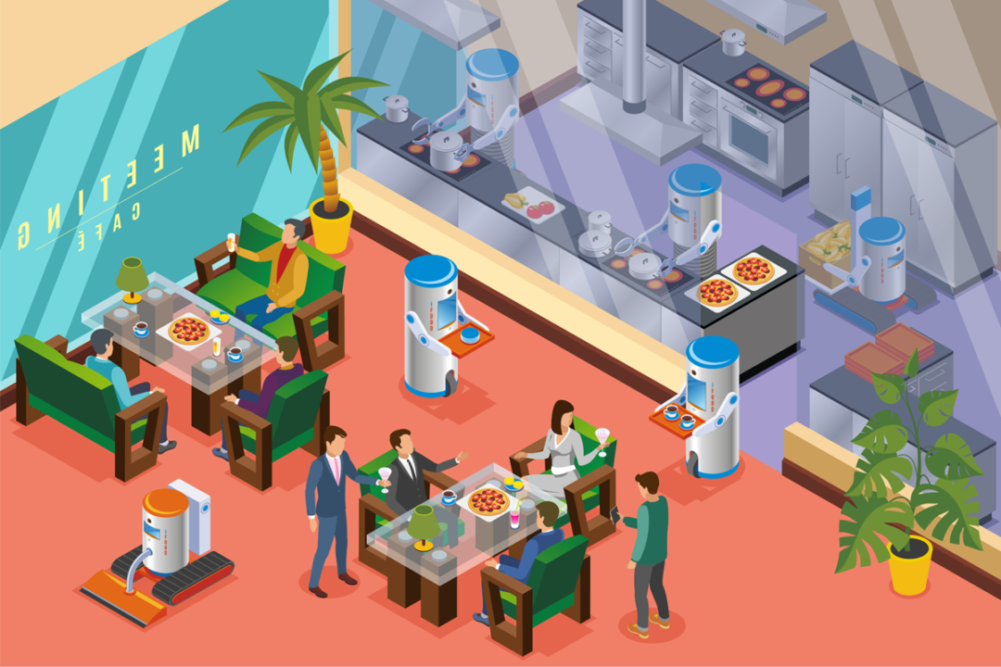CHICAGO – Foodservice industry market researcher Technomic forecasts that 2022 industry sales dollar for dollar will slightly exceed pre-pandemic levels, but once inflation is factored in sales are expected to be at 92.3% of pre-pandemic levels. While there will be recovery it will continue to be uneven.
“The urban exodus has had a strategic impact on how restaurants do business,” said David Henkes, senior principal at Technomic, Chicago, during a Jan. 13 presentation before the Chicagoland Food & Beverage Network. “Suburbs are the place to be.”
City centers are no longer appealing to many foodservice operators, even highly populous city centers like New York, Chicago and San Francisco. One reason is because of fewer and smaller catering orders.
“Certain segments are going to be slow to come back,” Henkes said. “Hotels are still going to be well below pre-pandemic levels.”
Technomic predicts that the travel and recreation segment will see a 42.1% jump in sales in 2022, following a 48.4% gain in 2021. That will bring sales up to only 83.9% of 2019 levels. Once inflation is factored in, that’s 76.1% of 2019 sales.
Foodservice business feeders, such as conferences and expositions, have been slow to start up again, but Henkes said that by 2025 foodservice will regain its former majority share of the food dollar. Not because of business travel, but because of the ways the industry has adapted with varied off-premises models.
Examples include investments by quick-service restaurants in online digital ordering systems. New locations are including drive-thrus. Virtual brands — those without having a physical location — are focusing on limited menus.
Henkes cited Domino’s Pizza, Ann Arbor, Mich., a limited menu, delivery-focused business without dine-in service, as a forerunner in this space. Not only does the company maintain small footprint locations, much like a ghost kitchen, it has invested in technology to take orders, produce product and provide contactless pickup and delivery to the consumer as fast as possible. It’s a model other operators are following.
Limited-service restaurants are projected to post 2022 sales at 113% of 2019 sales, while full-service restaurants are forecast to be at 94.7%, according to Technomic. The bullish forecasts are fueled by what occurred during the spring and summer of 2021, once vaccinations became available. The desire to dine — and drink — out resulted in a bigger surge in sales than Technomic expected.
Henkes said 2022 will be the year the foodservice industry focuses on new solutions to head off challenges on multiple fronts. Operators will do more with fewer resources. They will seek strategies and partnerships to innovate around menu shortages, labor constraints and the shifting expectations and needs of the consumer. These strategies and partnerships are fueling investments in robotics.
Technomic forecasts kitchen robots are poised to revolutionize service models and ease the burdens of the labor shortage. Such robotic solutions initially will be back-of-house investments, for everything from food preparation to cleaning floors and equipment. For front of house, Technomic expects there will be more smart robots equipped to function for table service, filling the gap that restaurants currently have for experienced waitstaff.

